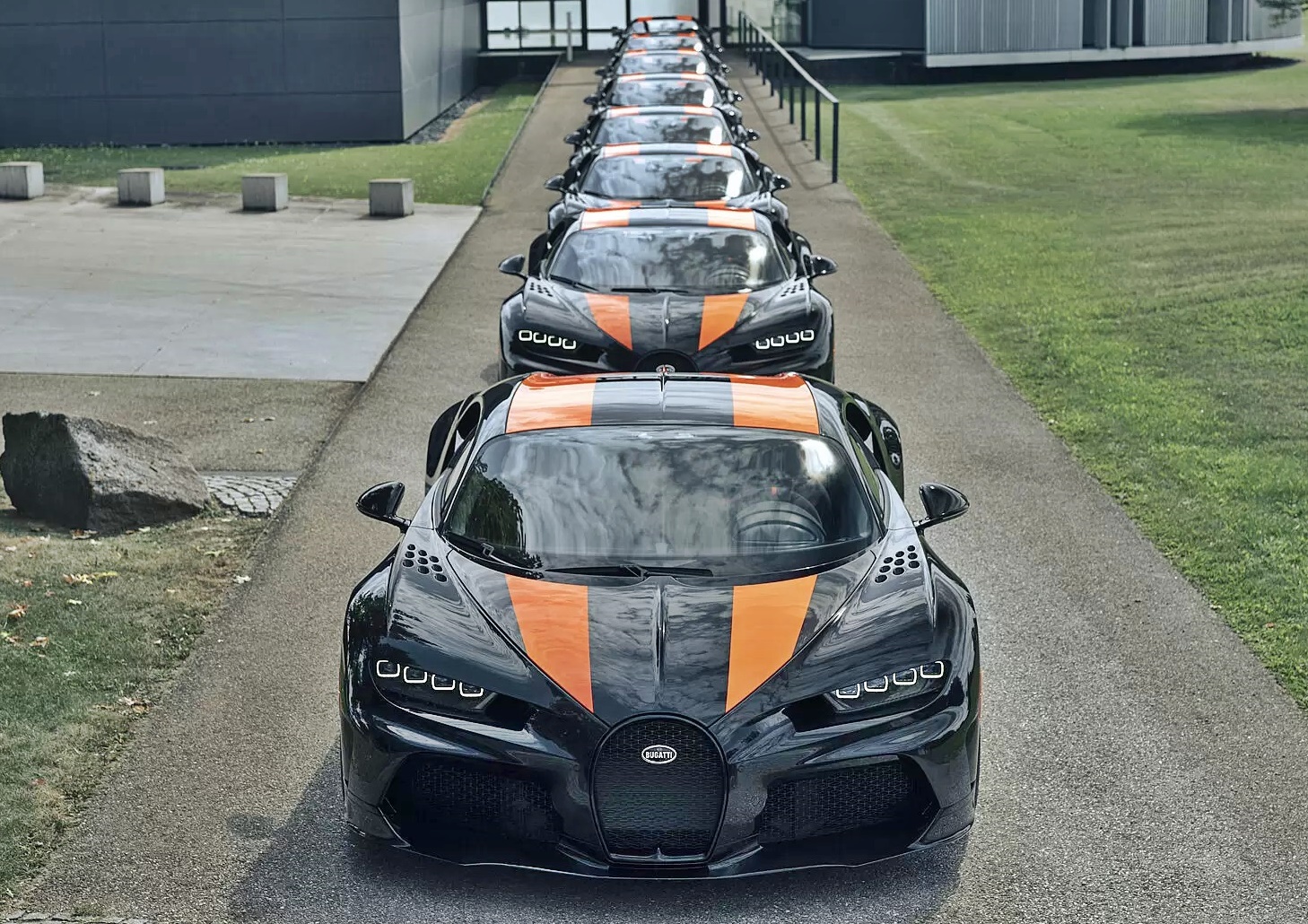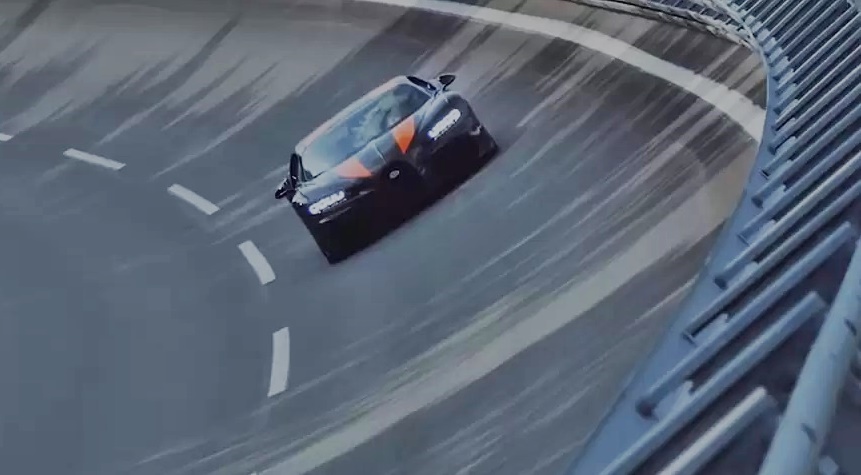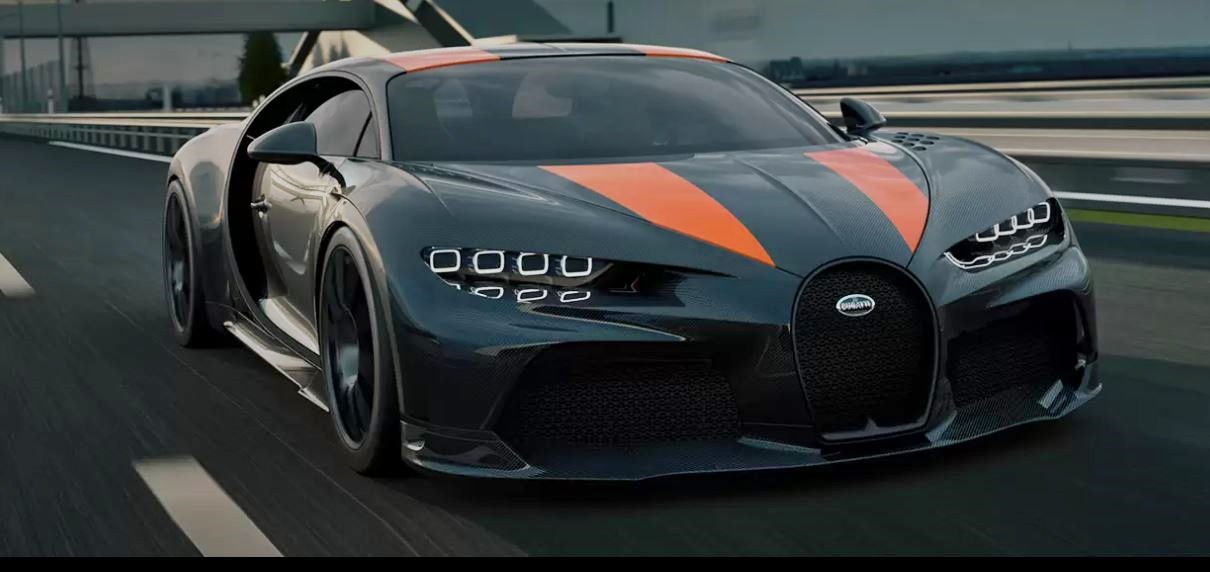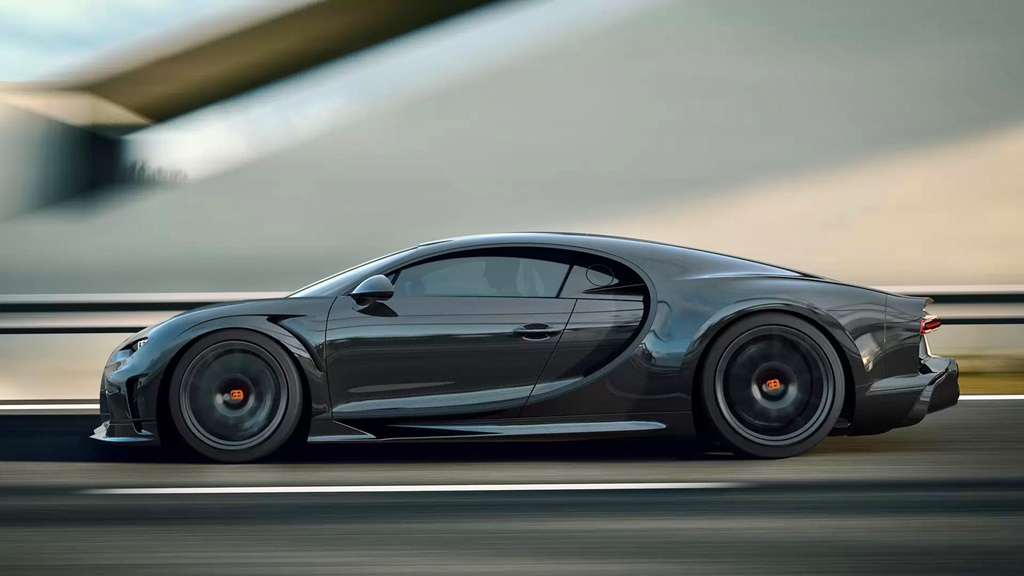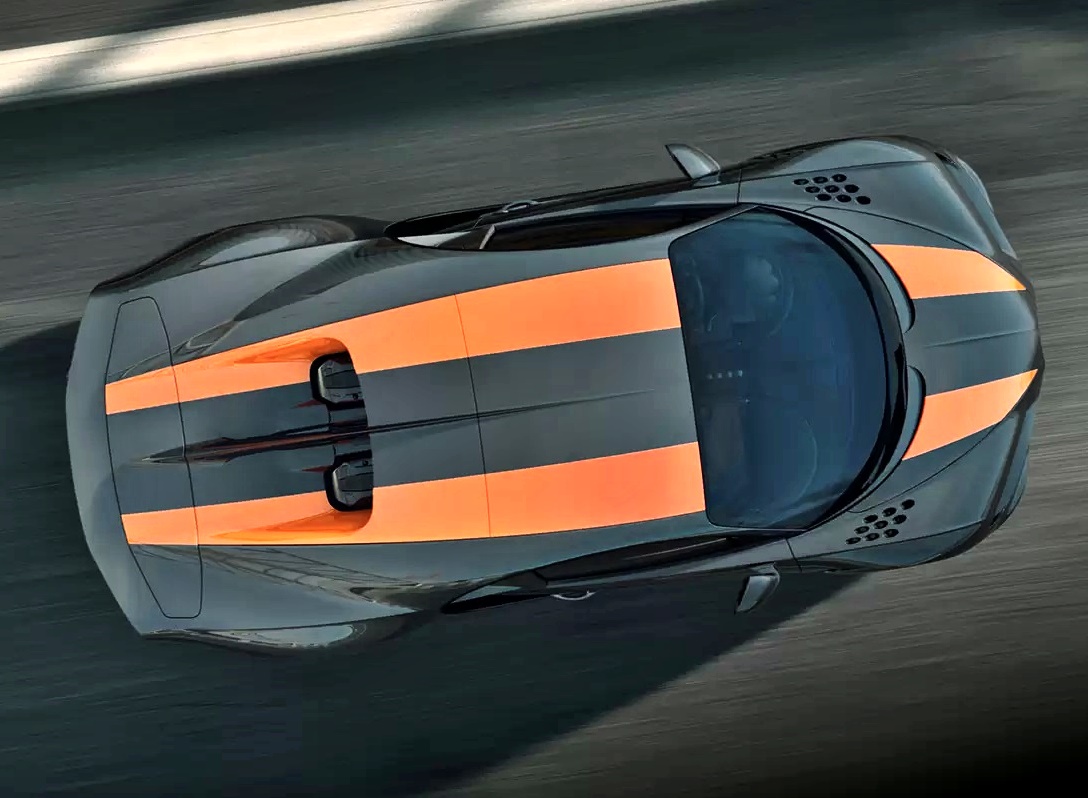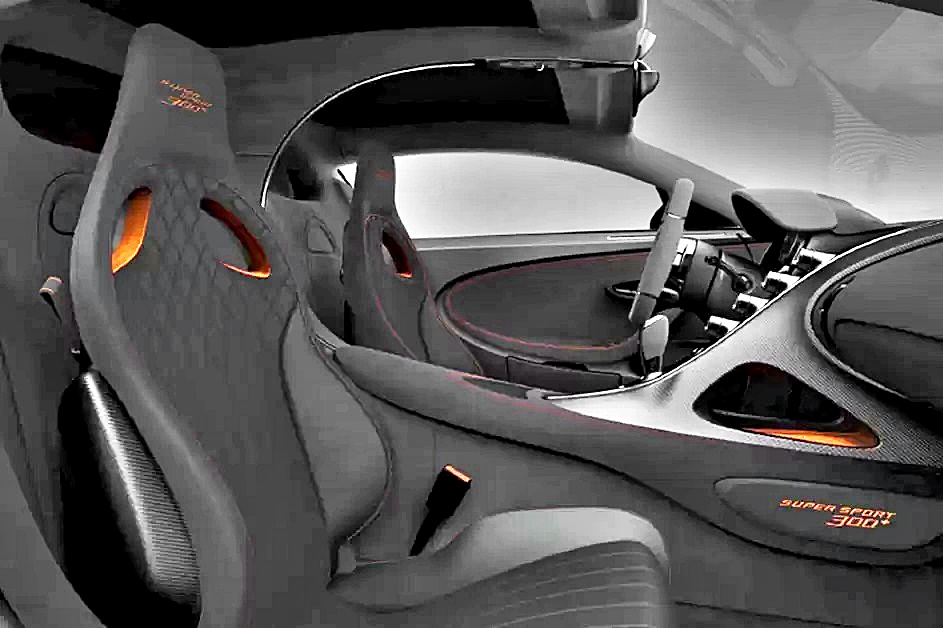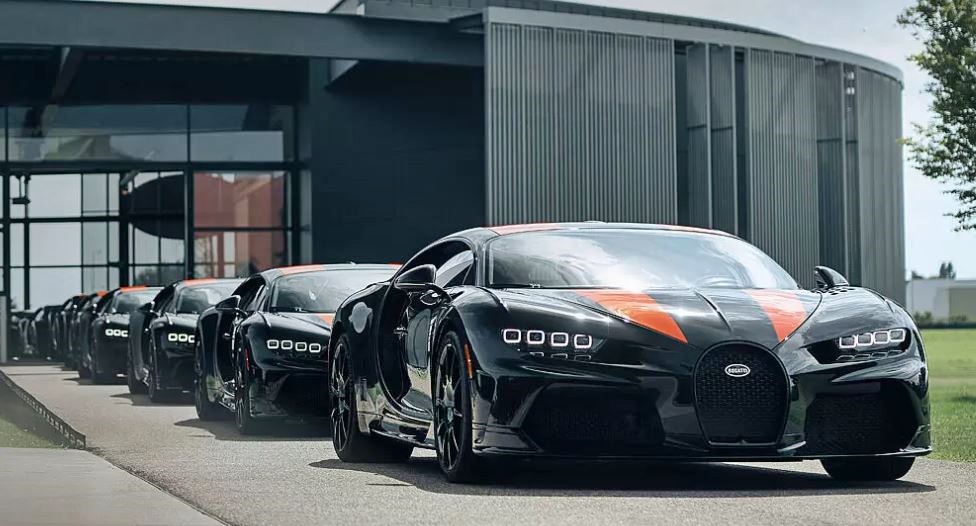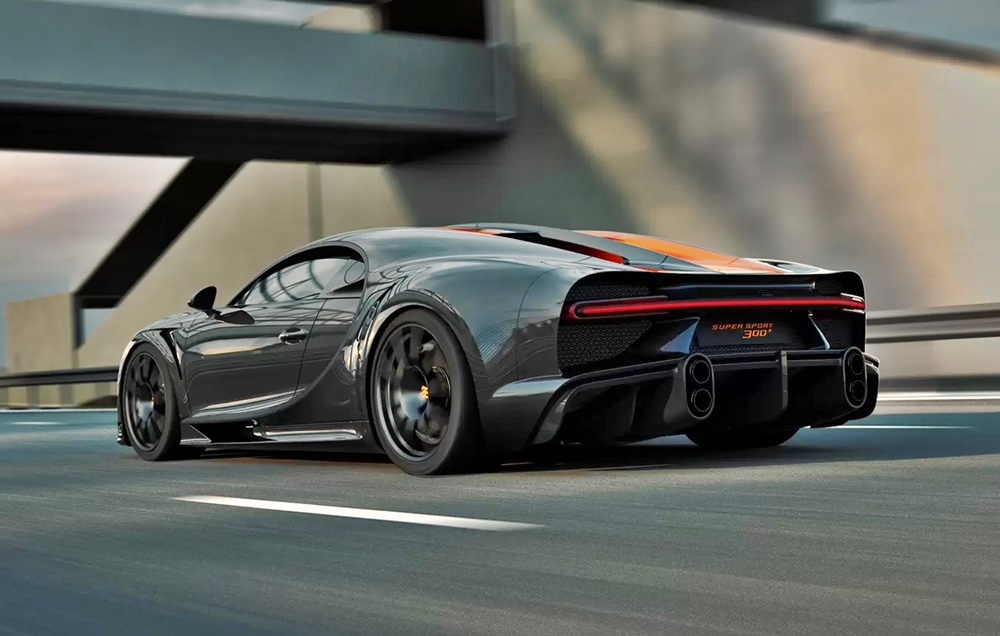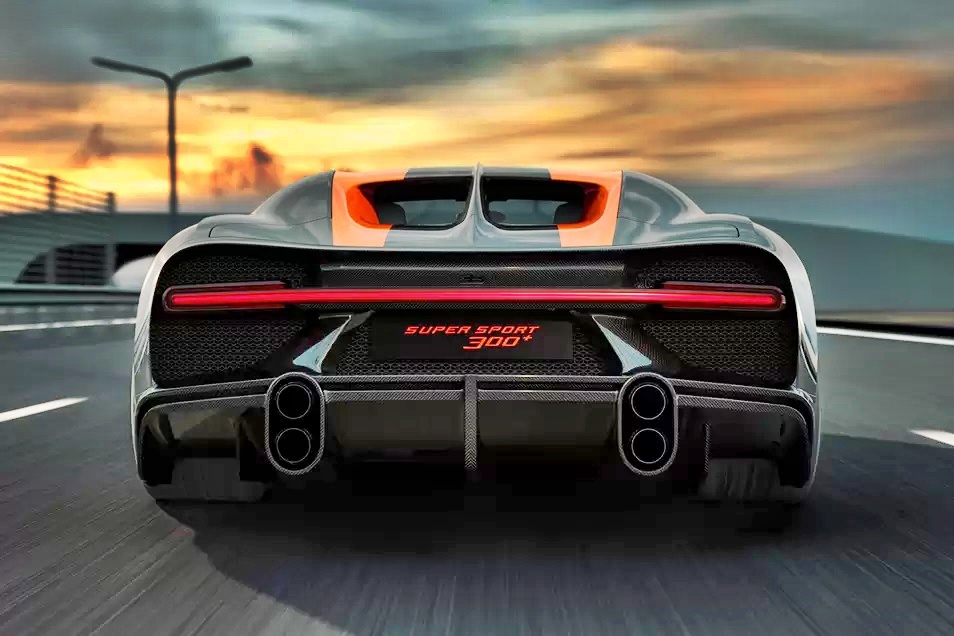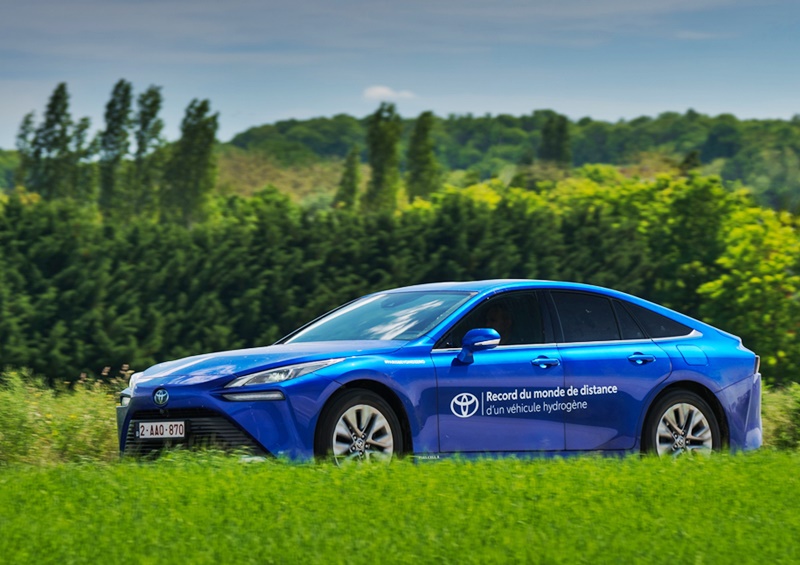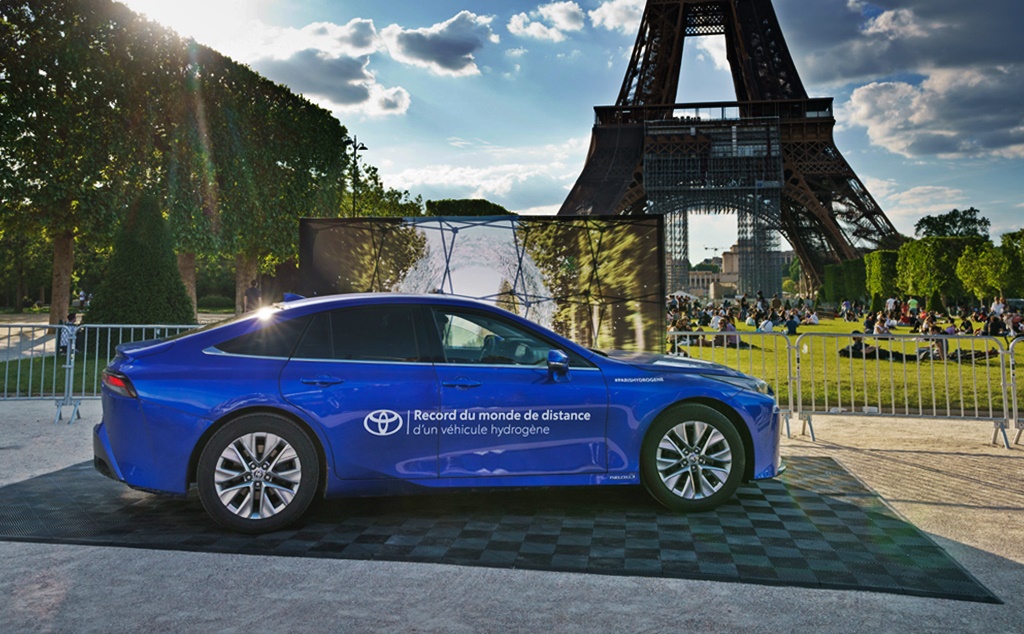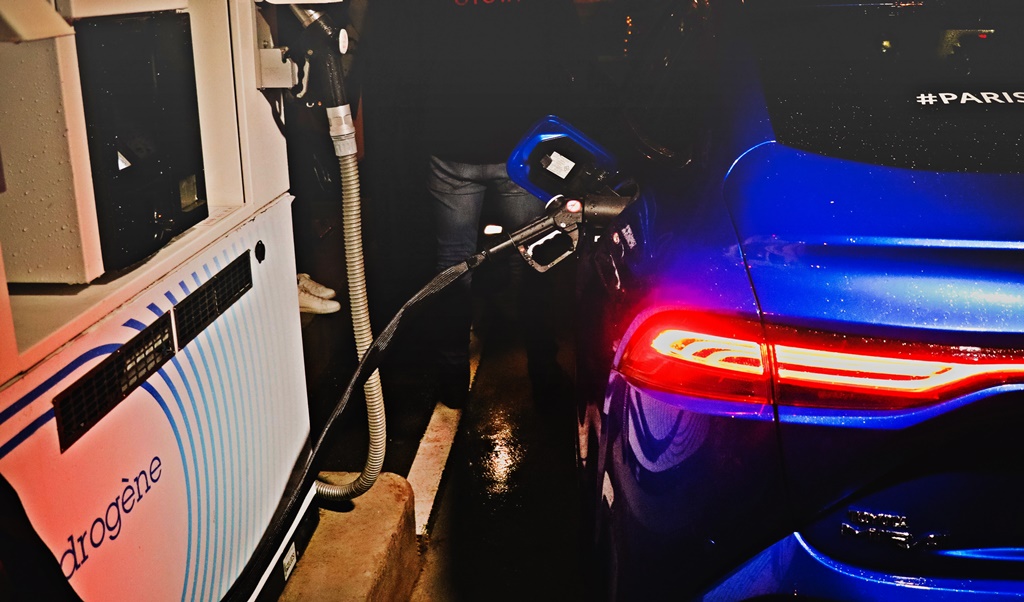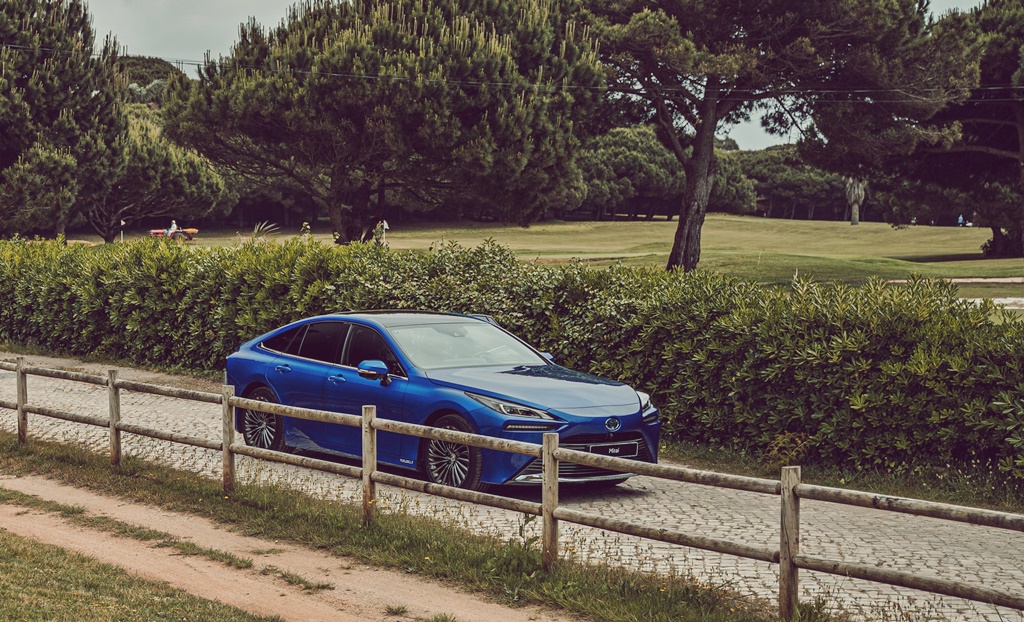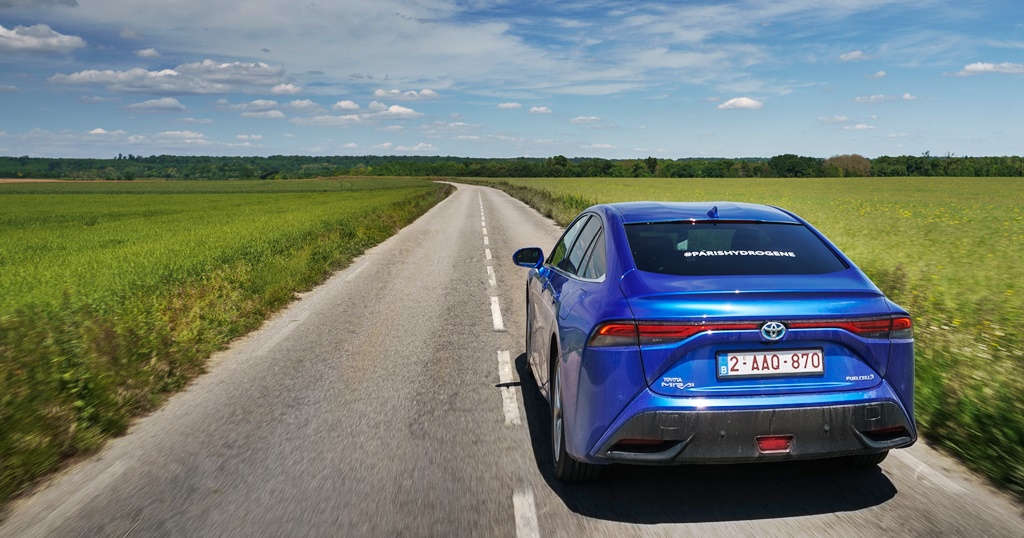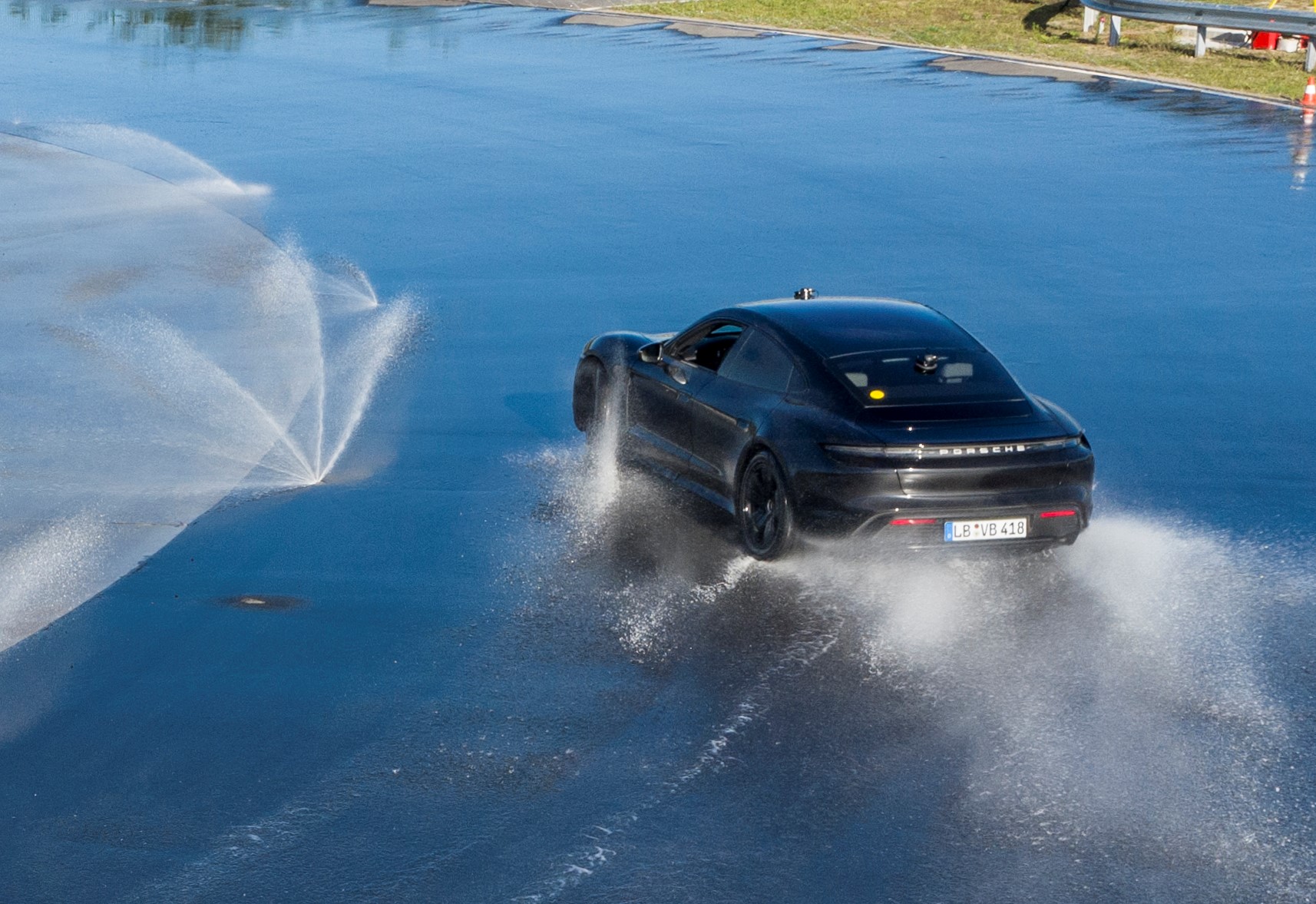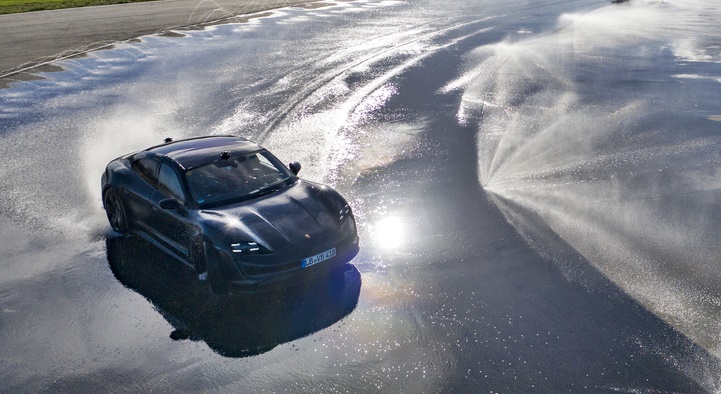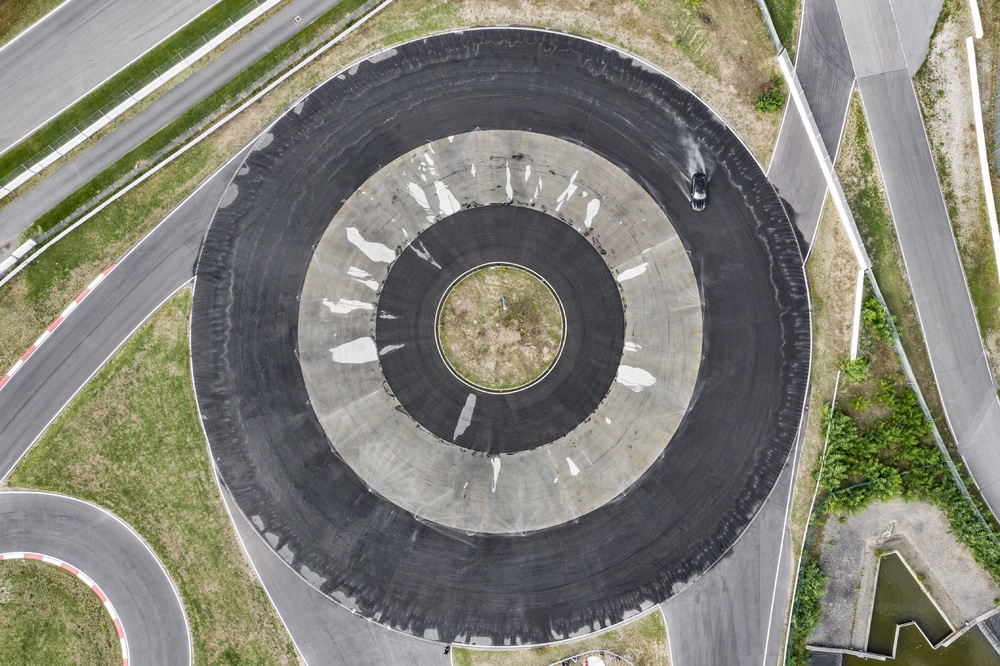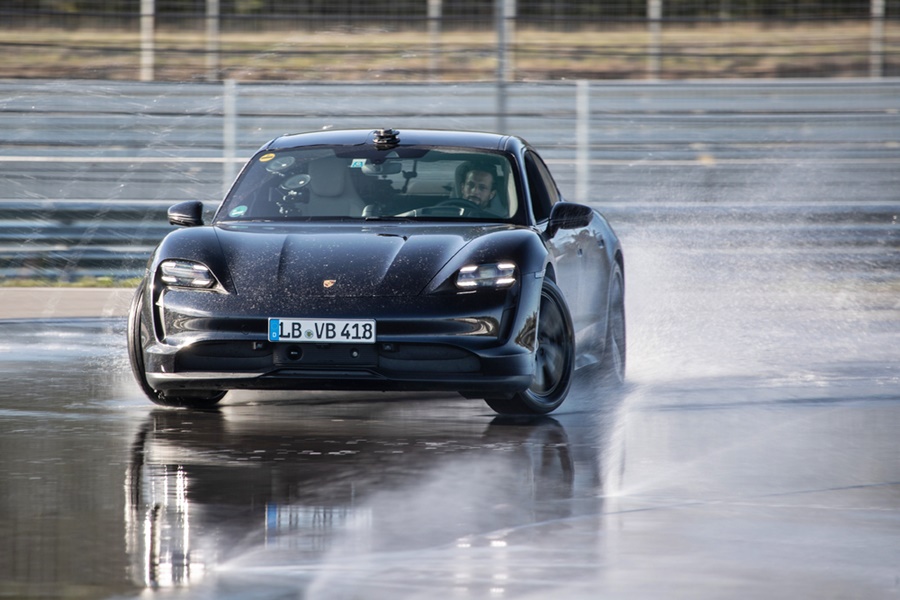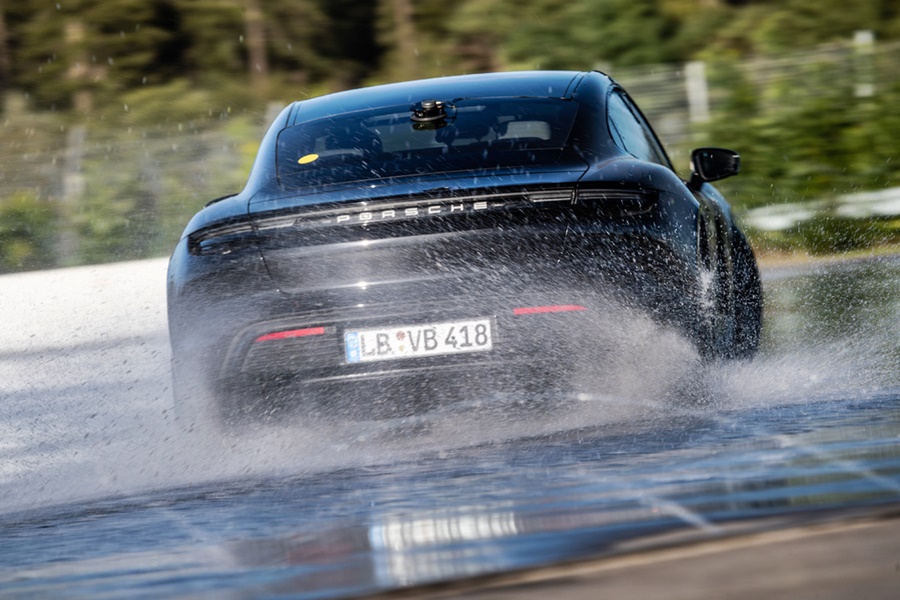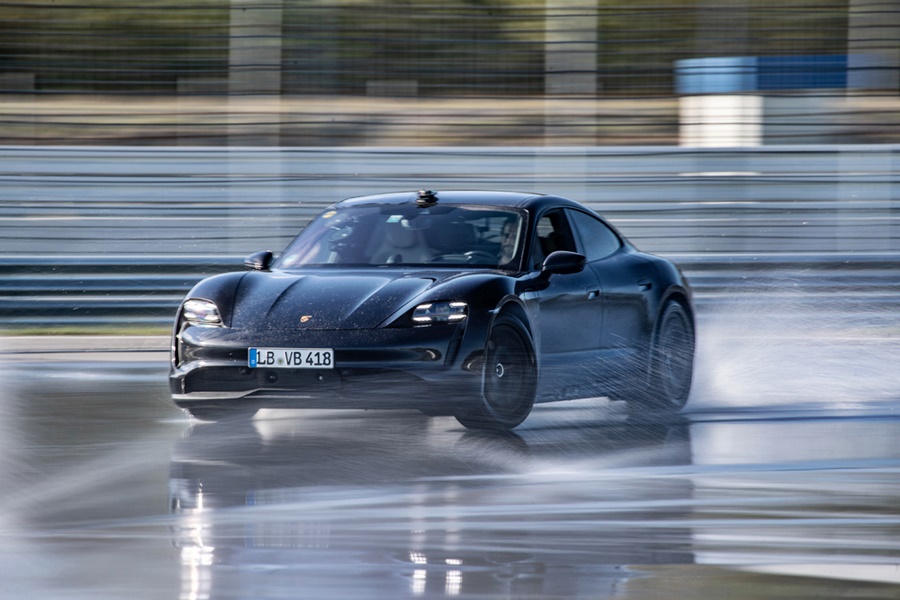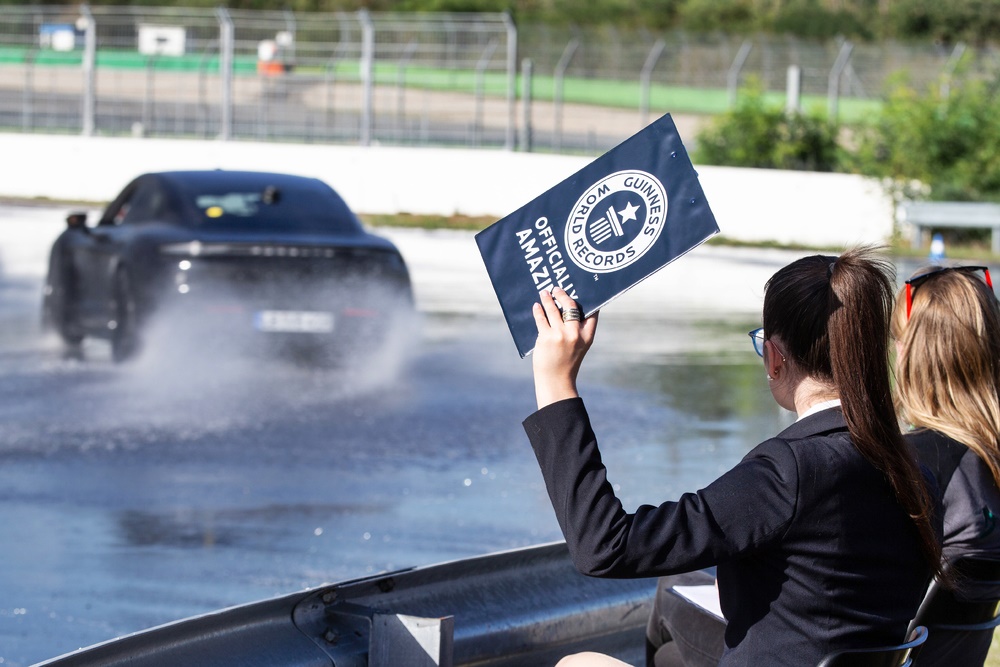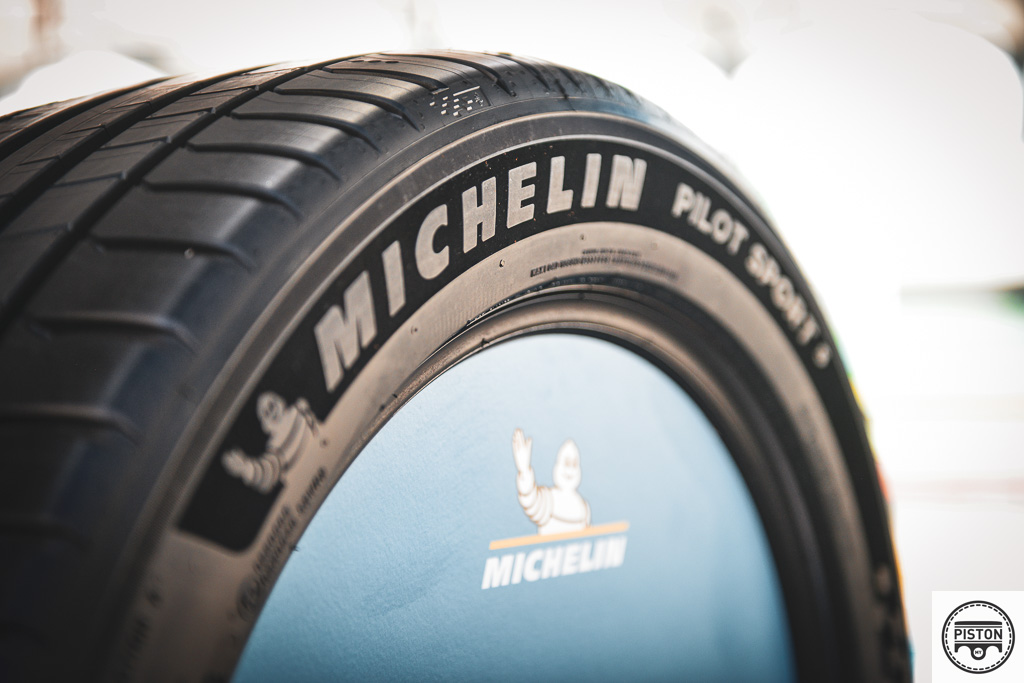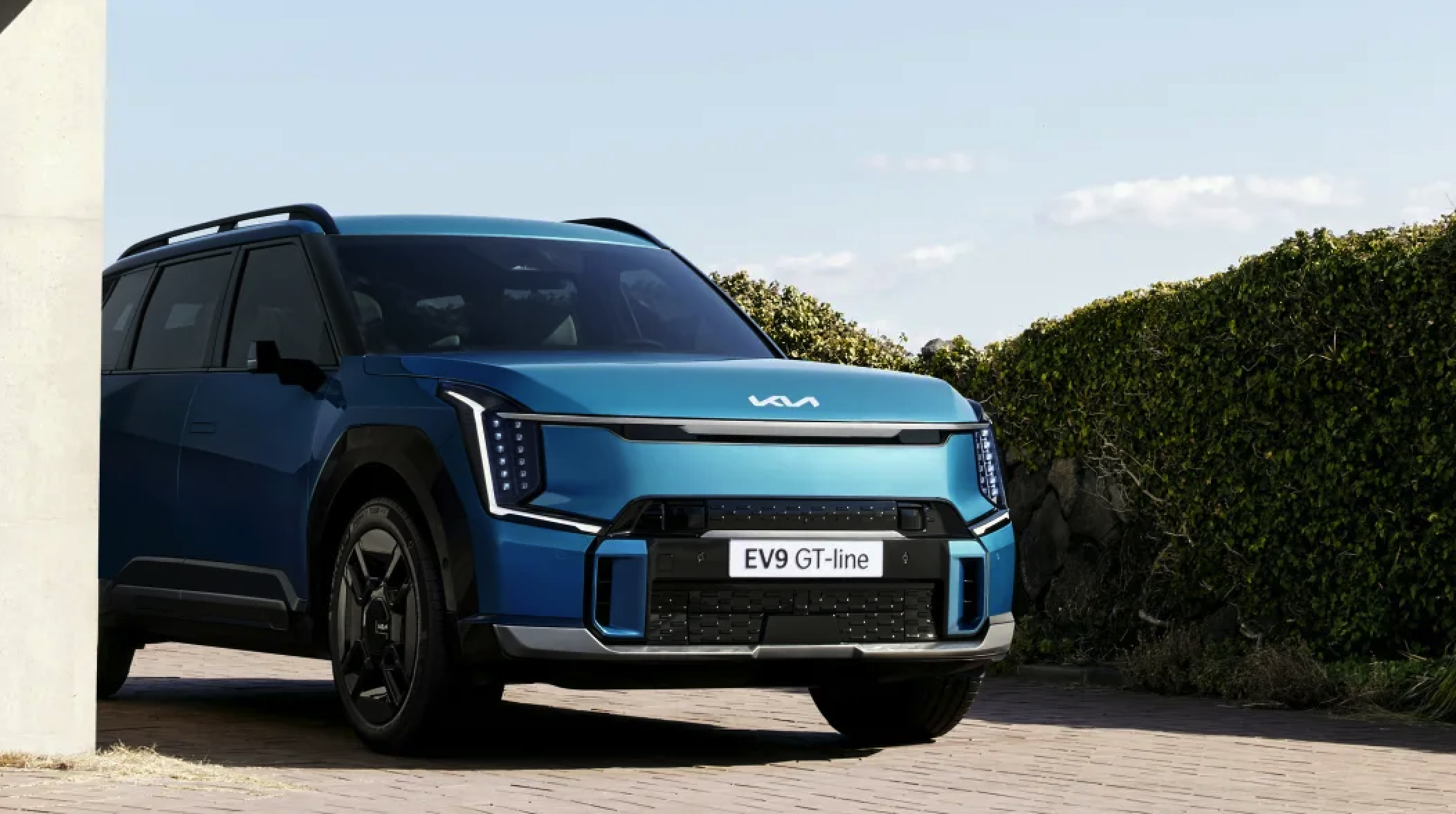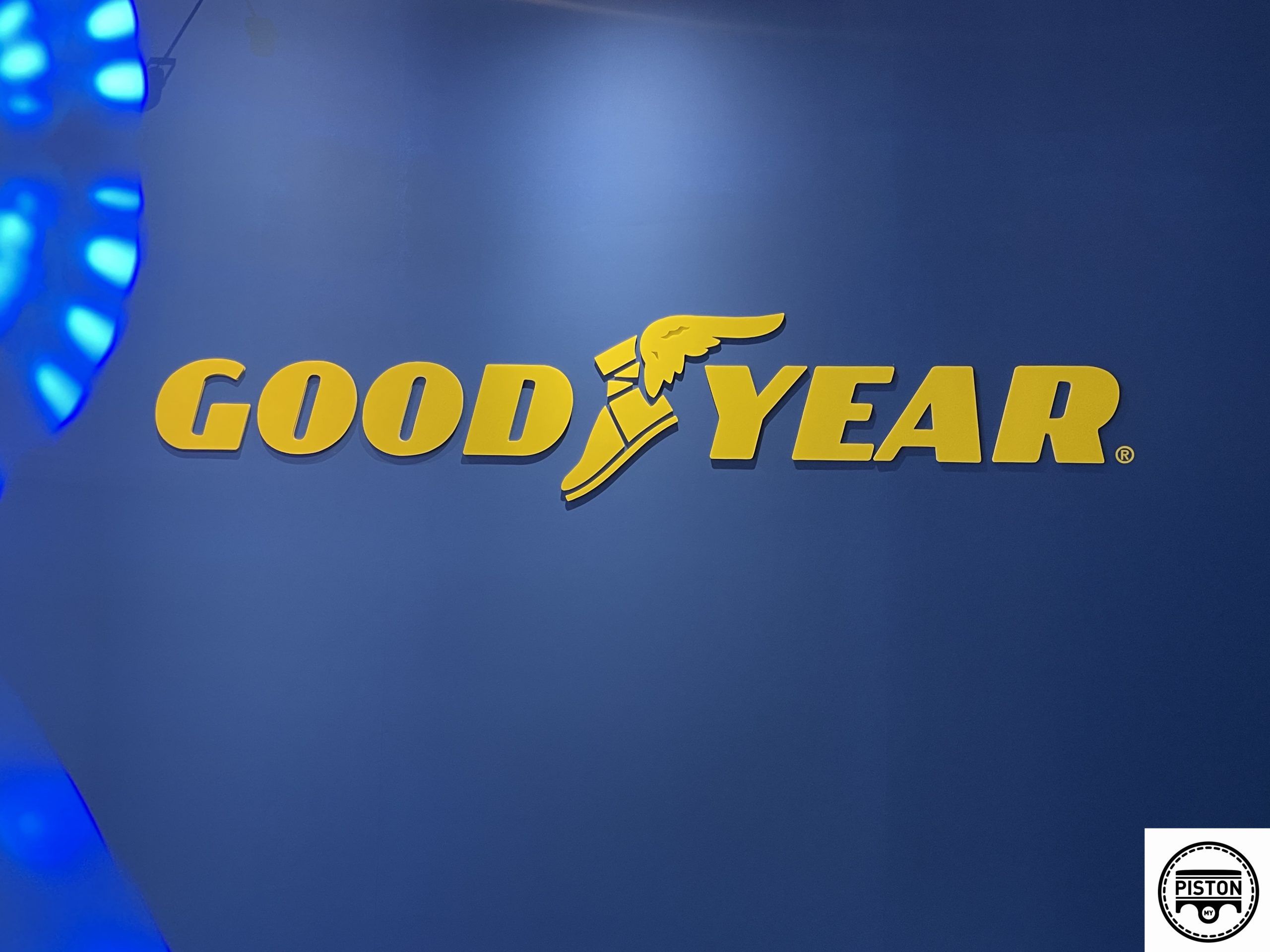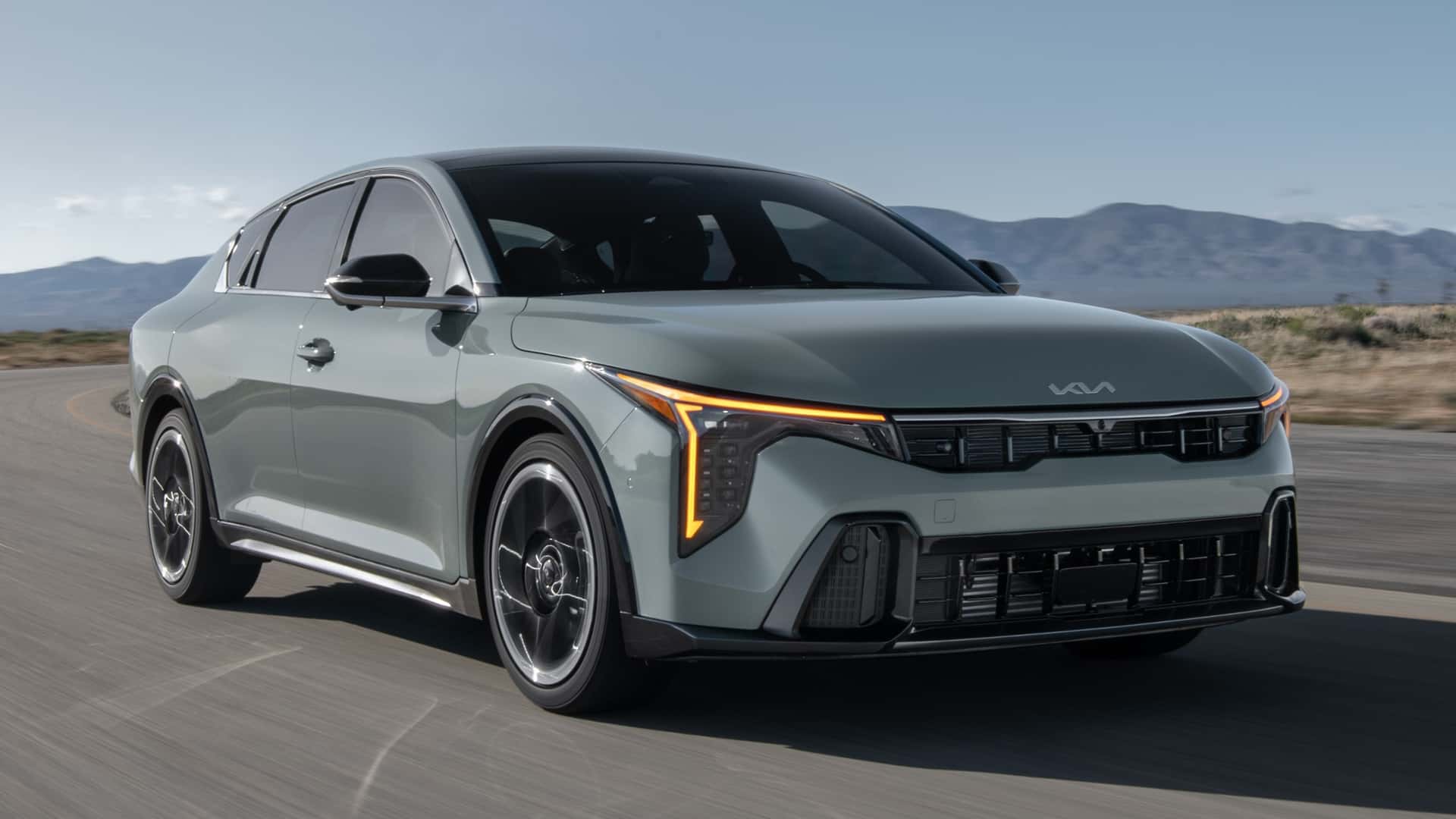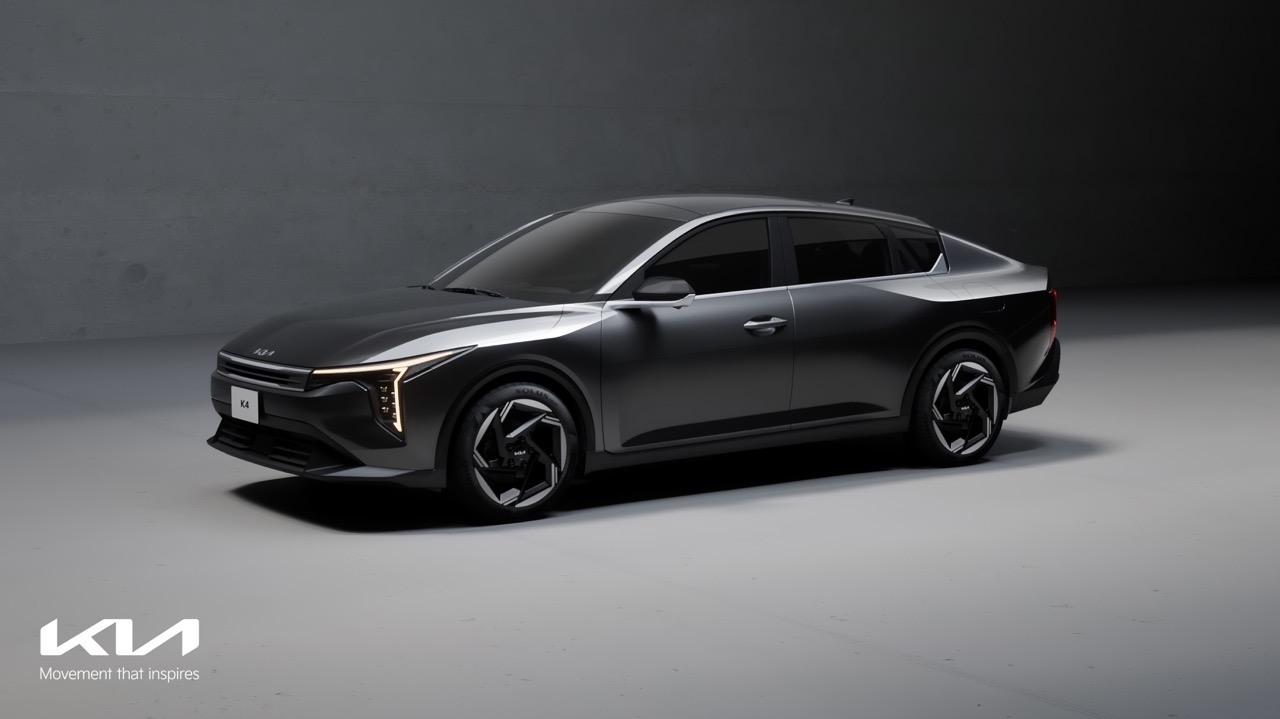The Bugatti Chiron Super Sport 300+ first made headlines back in 2019 when a prototype blasted through the seemingly unbreakable 300 mph (480 km/h) barrier. Its officially recorded speed was 304.773 mph (490.484 km/h), setting a new world record.
The achievement was followed the announcement, to mark the 110th anniversary of the French marque, that 30 units of the Chiron Super Sport 300+ would be built. Thus began the 2-year development and testing program which had to be extensive given the ultra high performance of the car.
With speeds of up to 440 km/h, an abundance of power would be needed. This is provided by a modified version of Bugatti’s iconic 8-litre W16 engine that produces up to 1,600 ps – 100 ps more than the Chiron. To boosting the performance, the engineers developed a new thermal management system for the engine and gearbox, ensuring all vital components remain cool even when traveling at the top speed. Software refinements to the engine, gearbox, powertrain and turbochargers have all been necessary additions to the Chiron Super Sport 300+ as well.
Optimised to slip through the air
Visually and technically distinct from the Chiron, the Chiron Super Sport 300+’s capacity for speed is defined by its aerodynamically optimized body, enabling it to pass through the air with complete stability beyond 420 km/h. Most notably, the Longtail rear end – extending the body by 25 cm – allows the laminar flow to pass over the body for a longer period of time, therefore significantly reducing aerodynamic stall by more than 40%.
Air curtains adorning the sportscar’s front corners disperse excess air pressure towards the car’s sides. Simultaneously, air outlets at the wheelarches and behind the front wheels guide excess pressure away from each wheelarch, reducing drag by also producing a small amount of negative lift.
The streamlined bodywork is crafted using exposed jet-black carbonfibre, complemented by a Jet Orange racing stripe running through the centre of the car. The lightweight material continues to flow through into the car’s engine cover, and even the windscreen wiper.
Subtle touches including the Bugatti ‘Macaron’ logo made of genuine silver and black enamel add to the sense of exclusivity and rarity. Extremely light and strong magnesium alloy wheels are finished in a bespoke colour named ‘Nocturne’.
First 8 of 30 units
Now the two years have passed and production has also been completed for the first 8 highly exclusive vehicles which are now ready for delivery (the other 22 units also have owners waiting). Each car has a price starting from 3.5 million euros (about RM17 million) before all the customisation is included.
“It is the fastest hyper sportscar Bugatti has ever made, and is a true testament to the engineering passion, technical expertise and relentless pursuit of performance our brand is synonymous with. We are excited to deliver the first eight units of this record-setting pioneer to our customers, and for them to experience the sheer sensation of speed behind the wheel,” said Christophe Piochon, Managing Director of Production and Logistics.
Bugatti to build 40 units of Bolide experimental hypercar for sale


